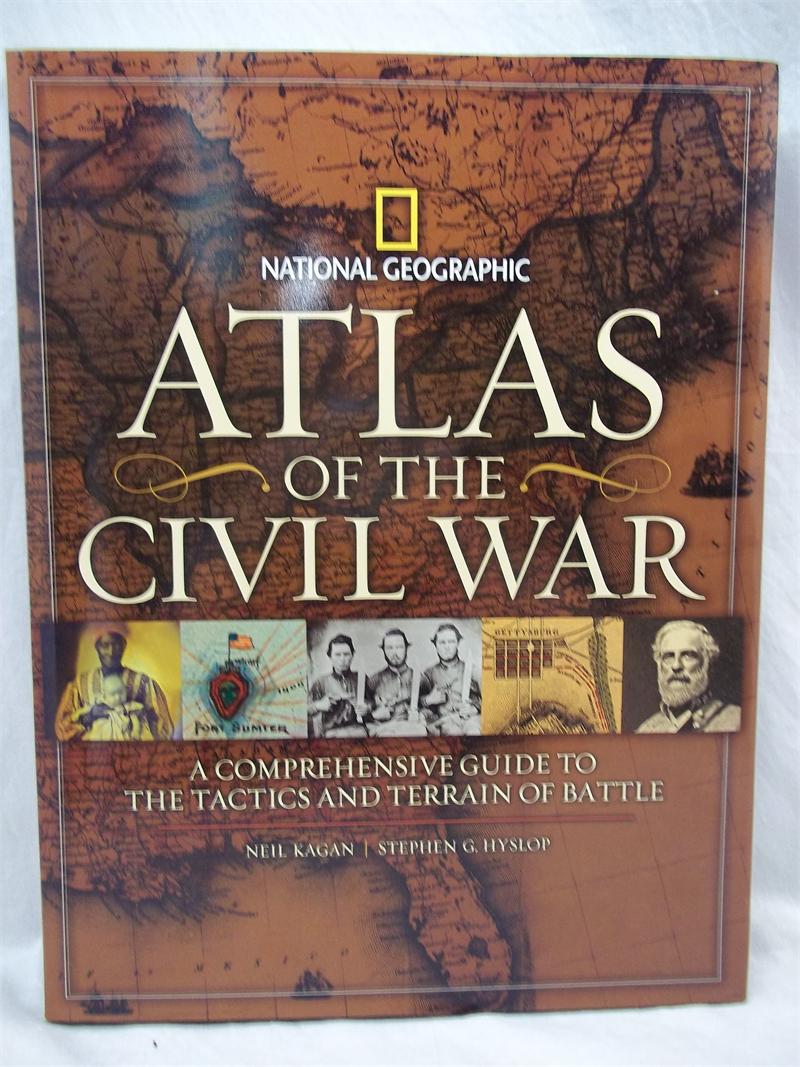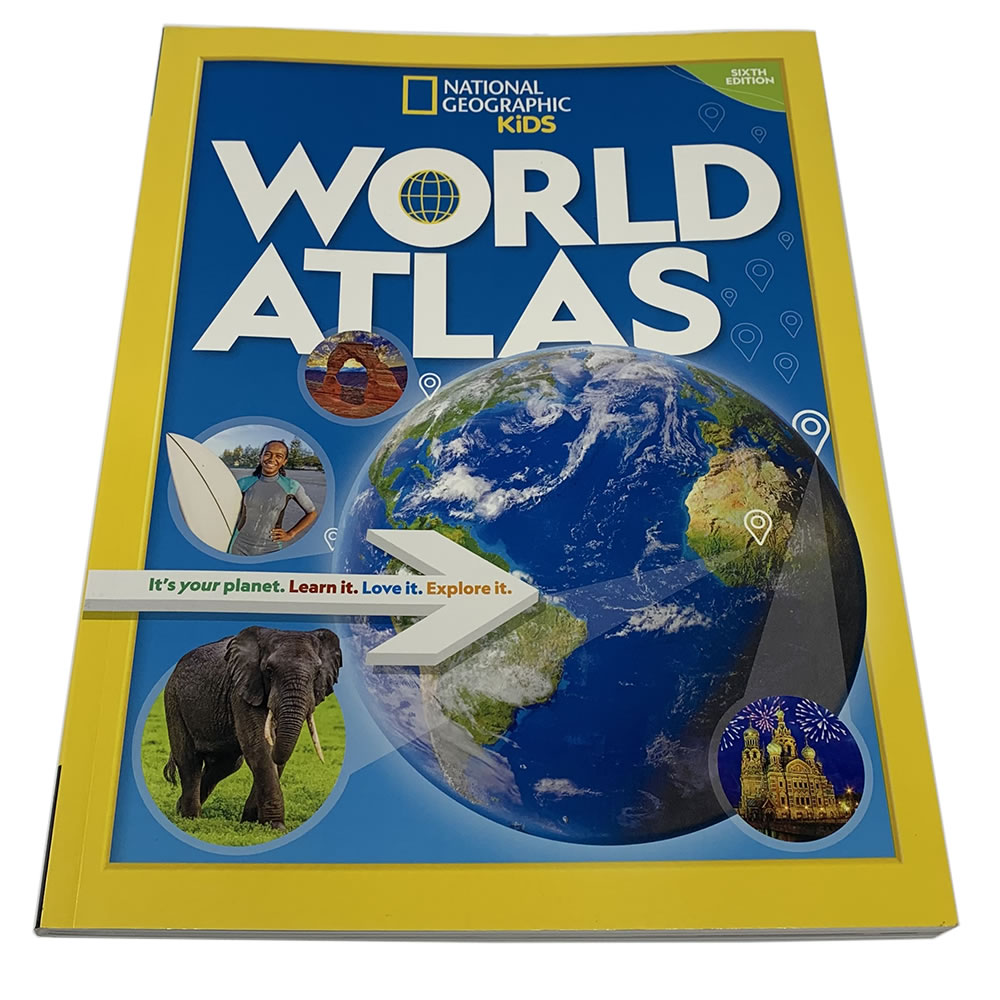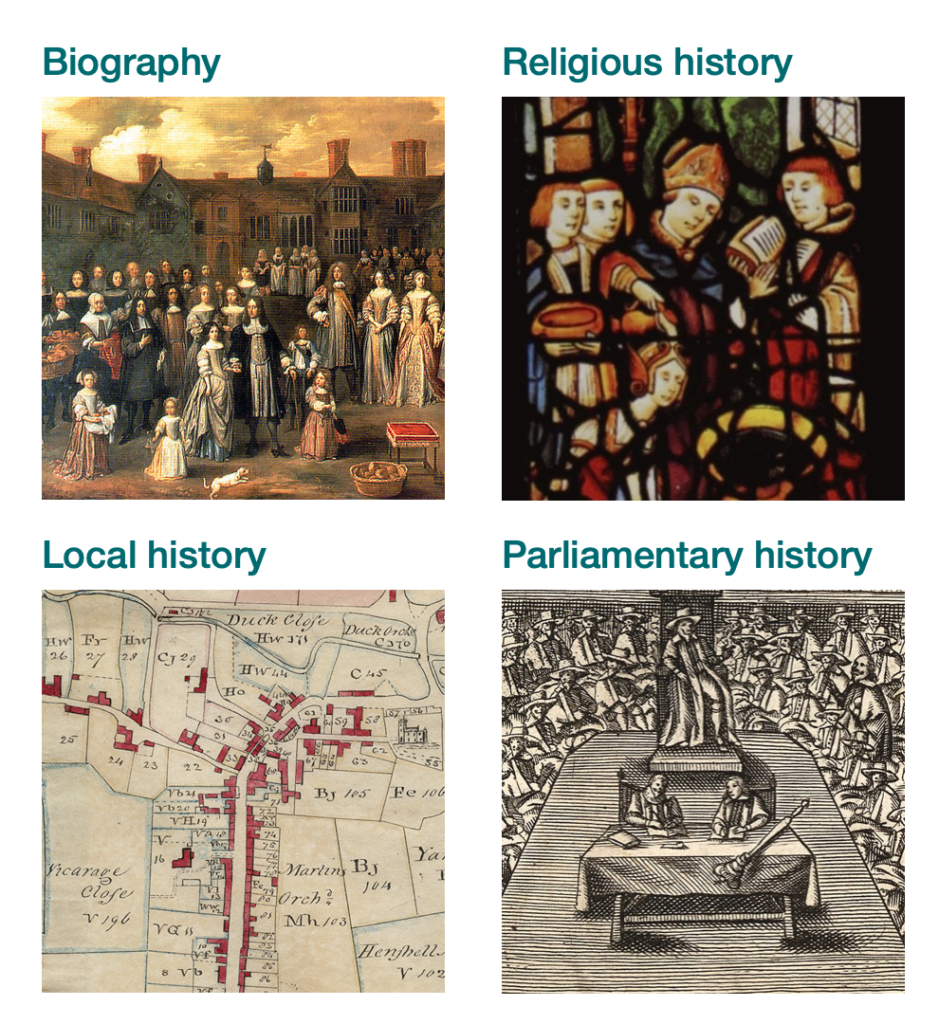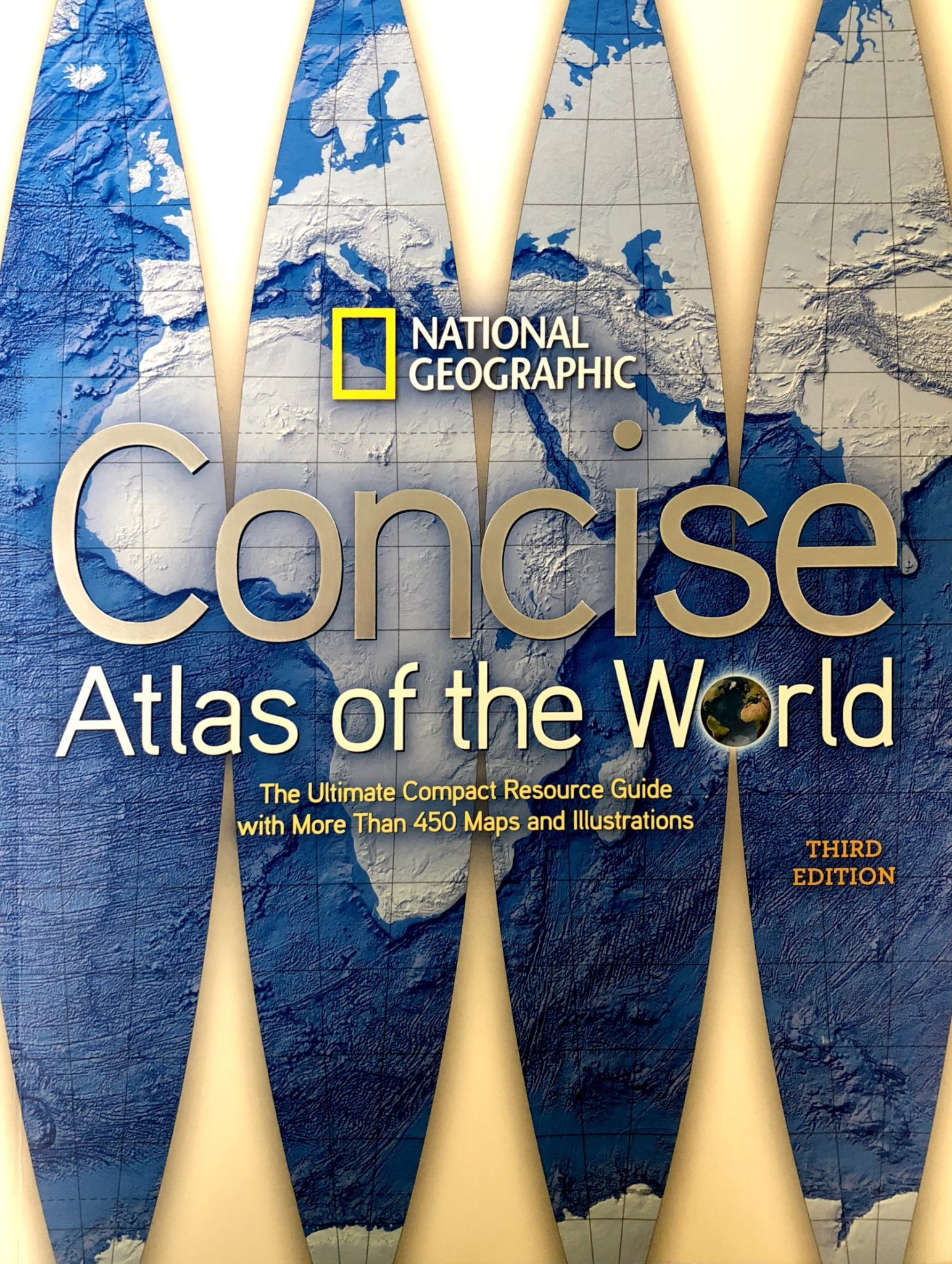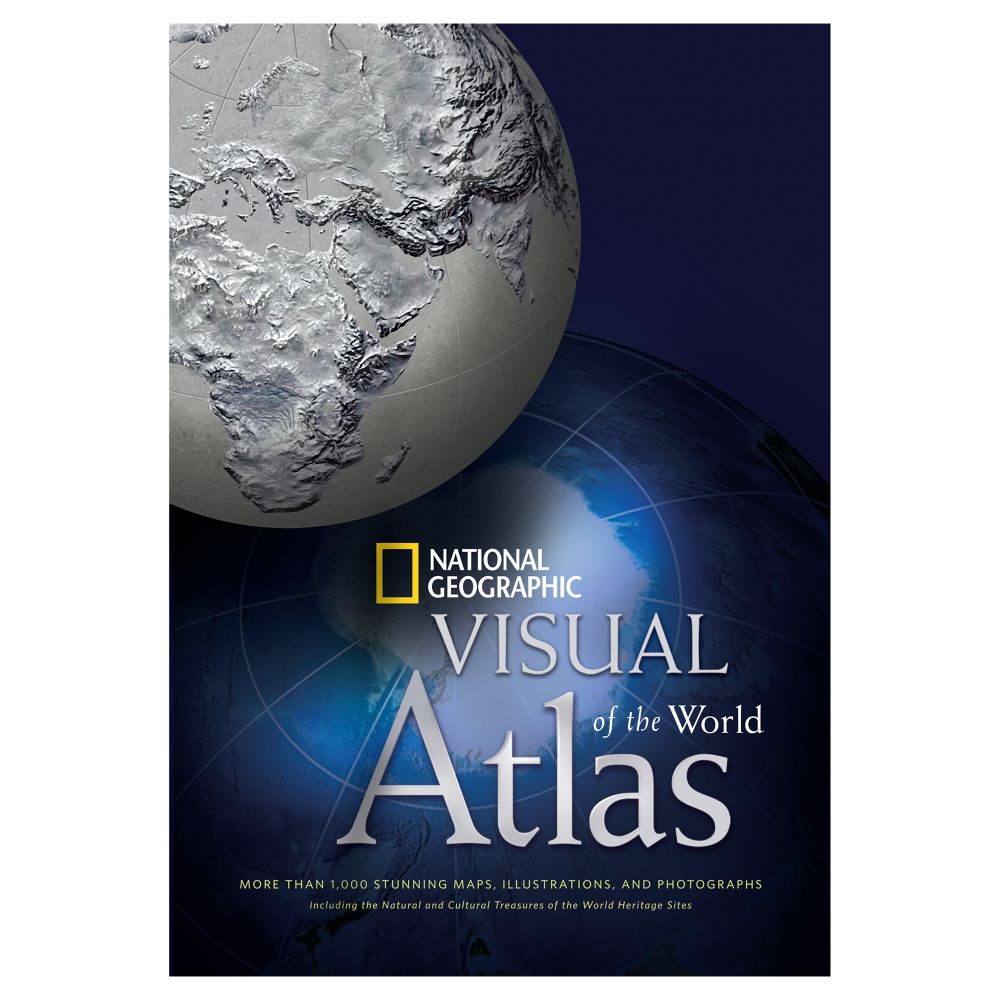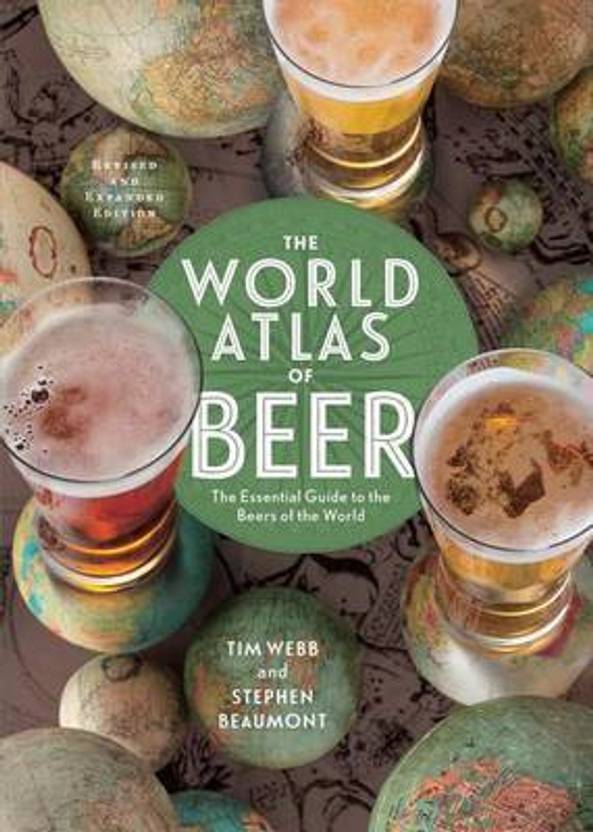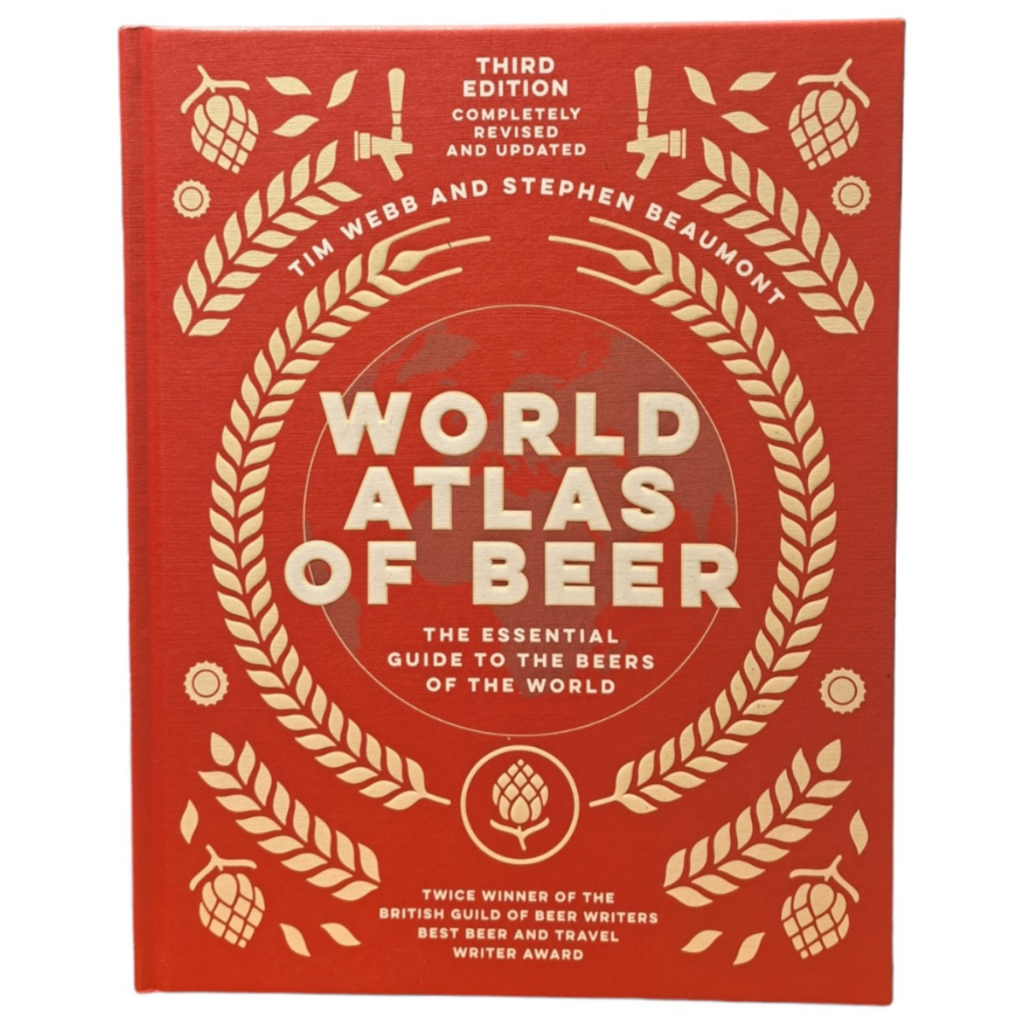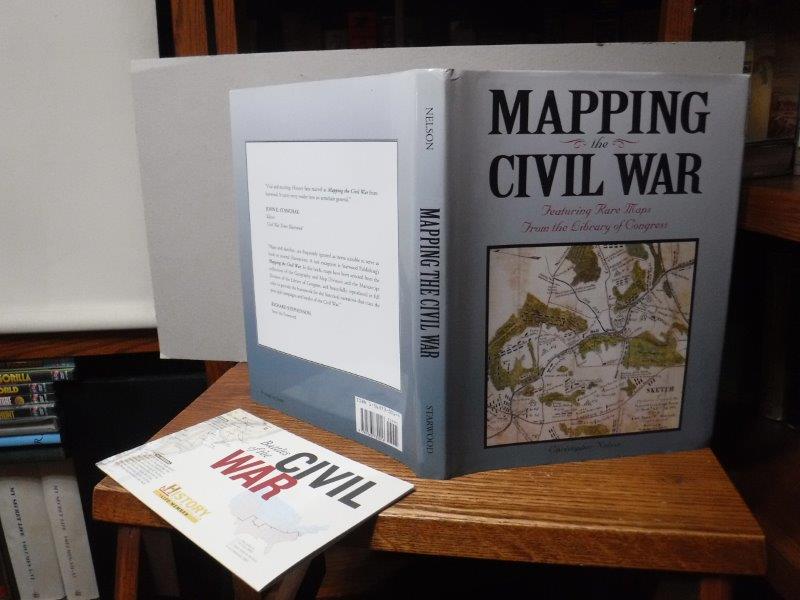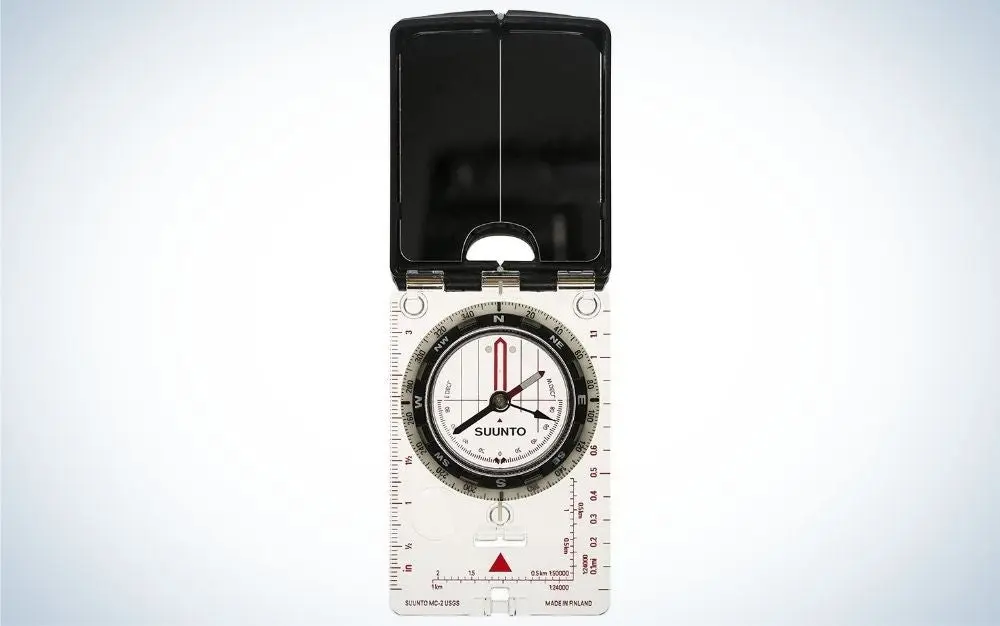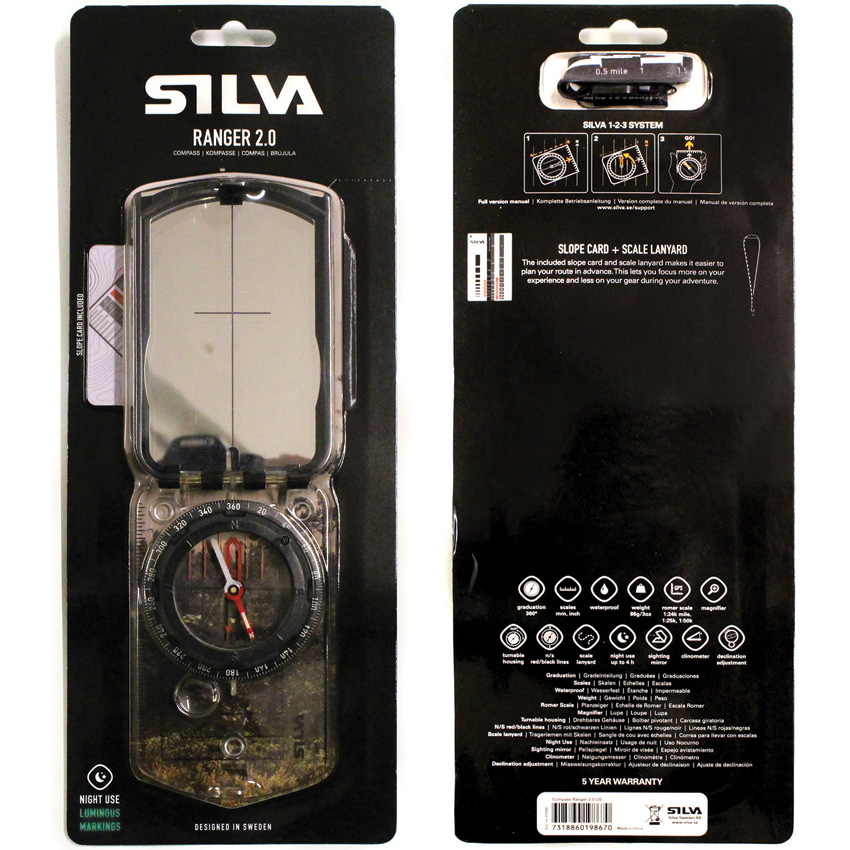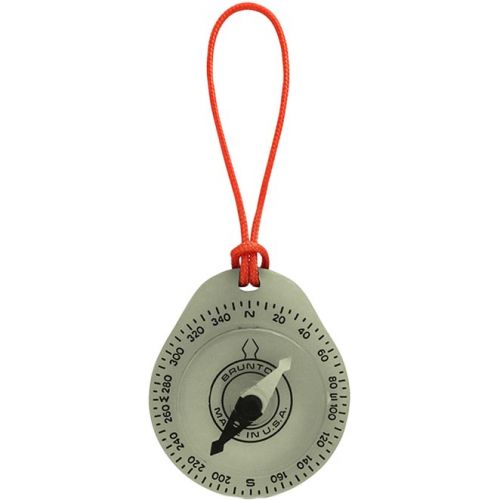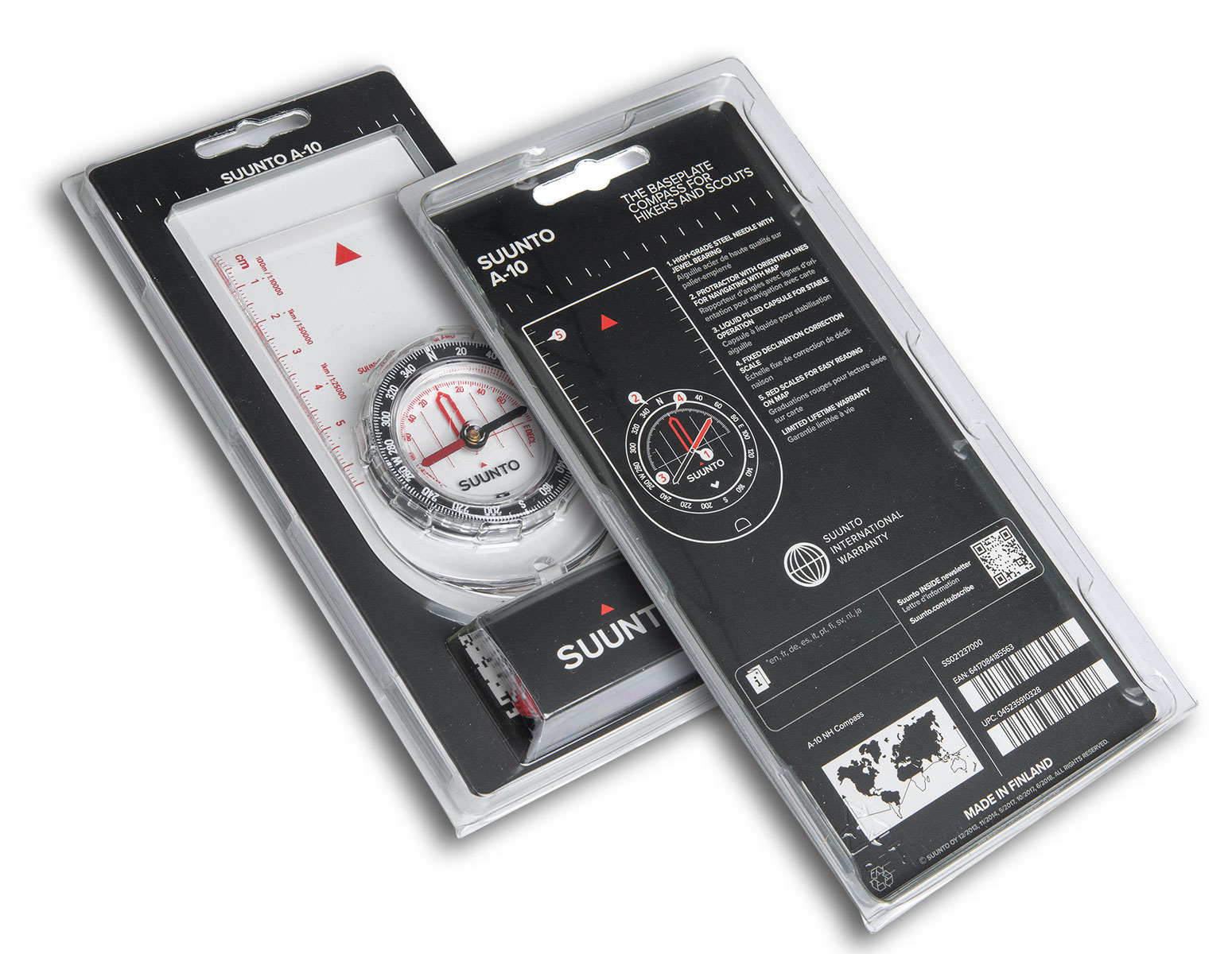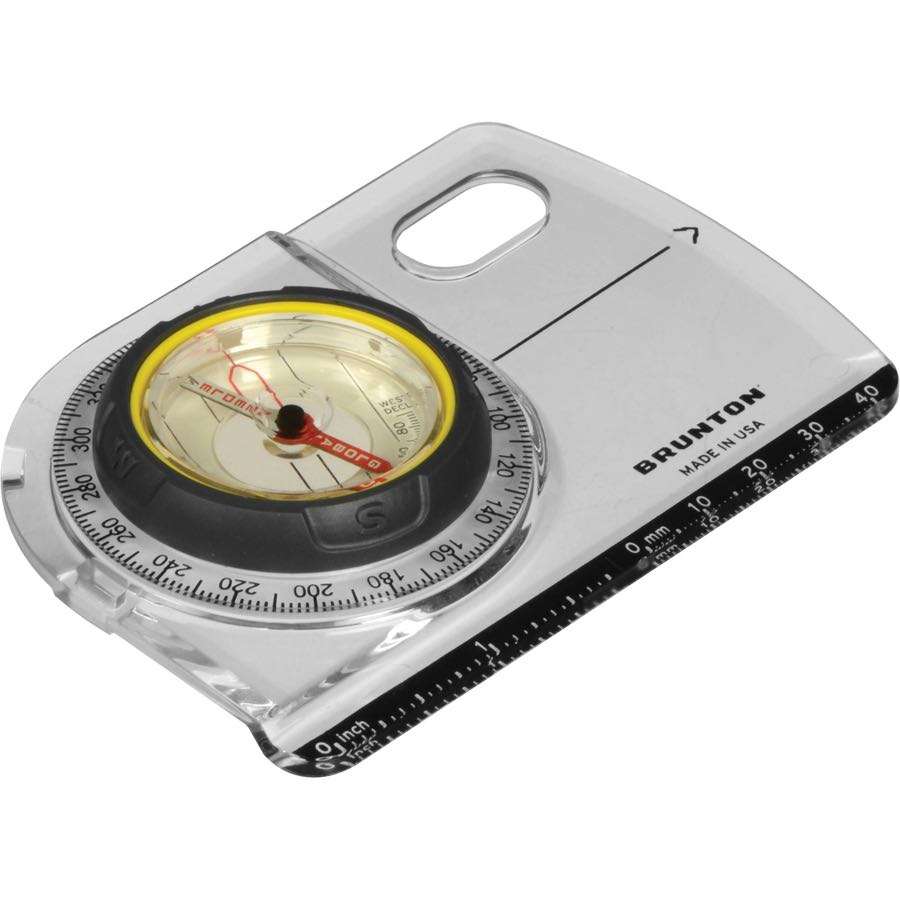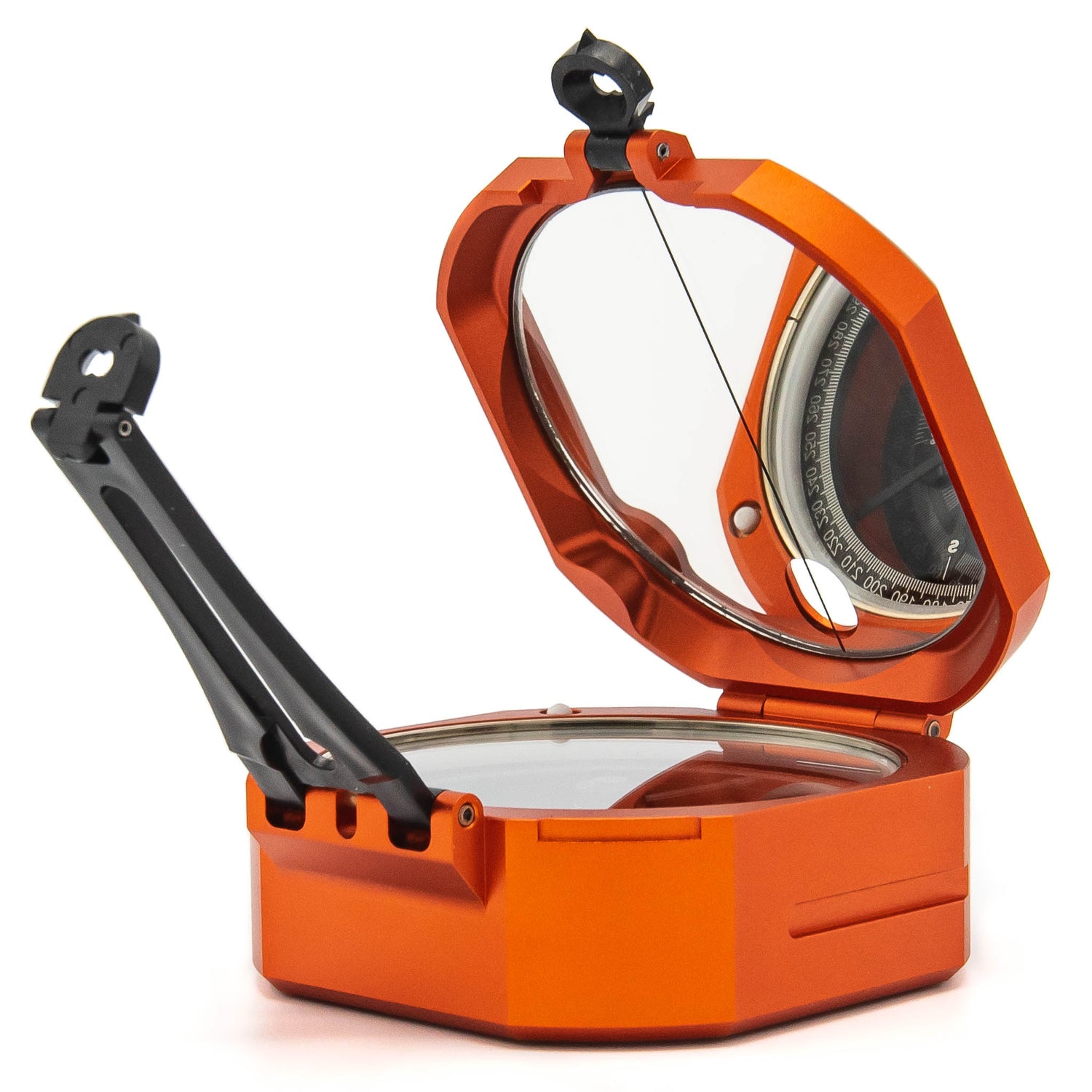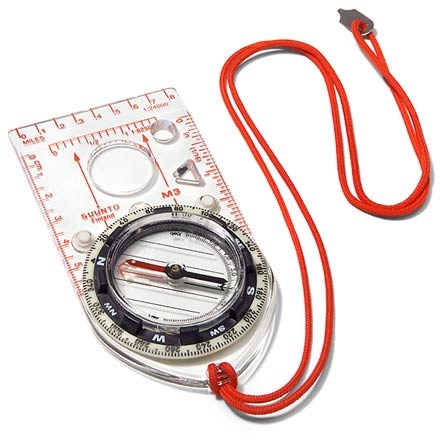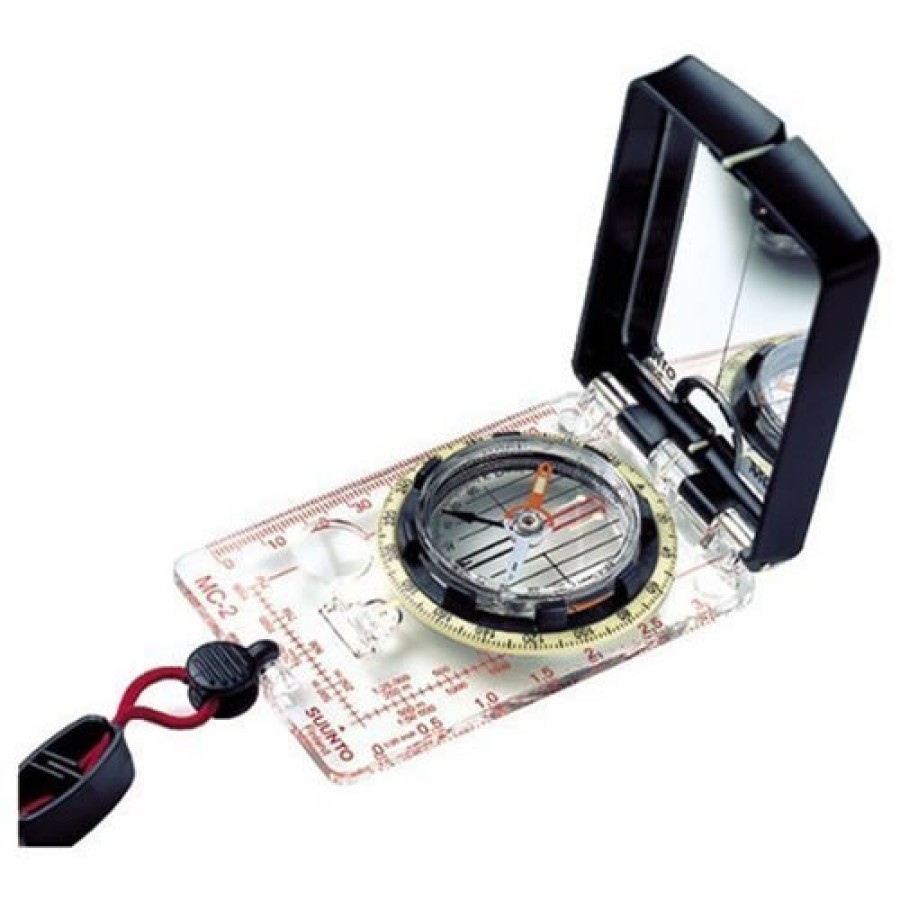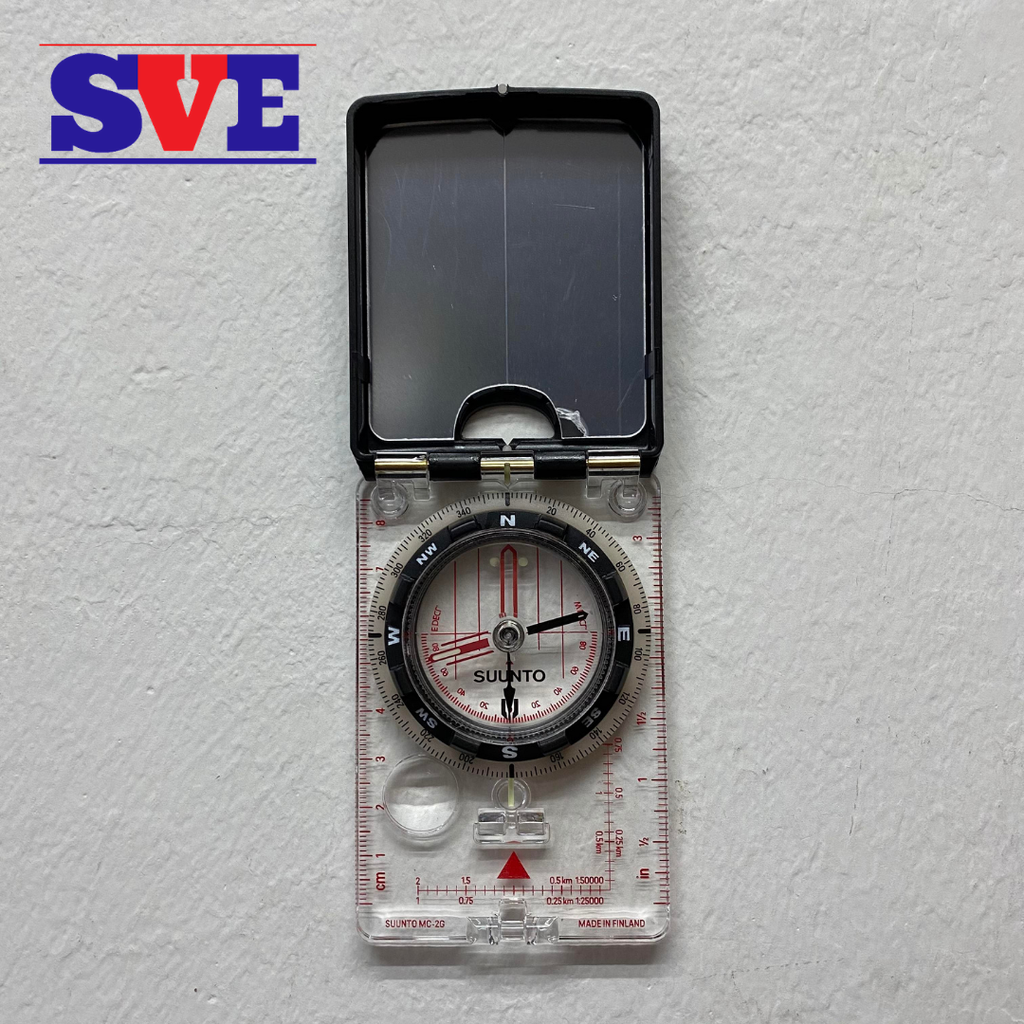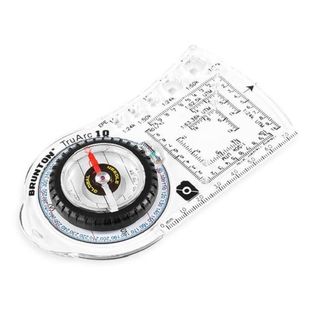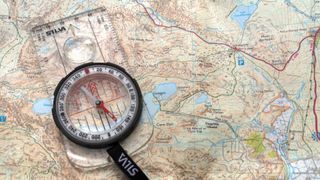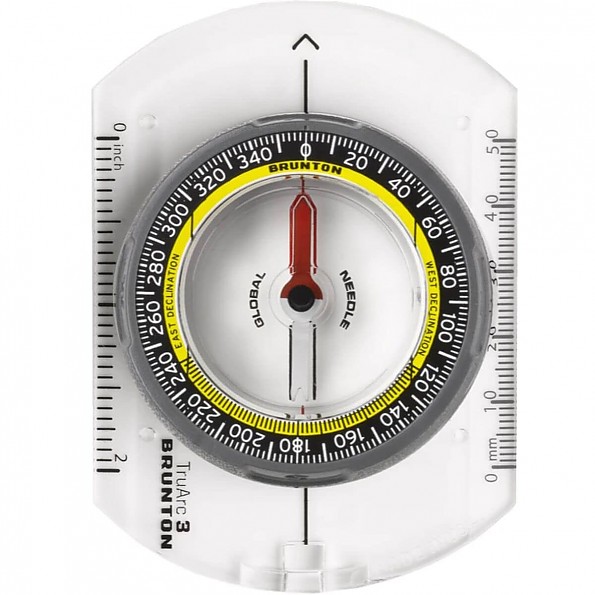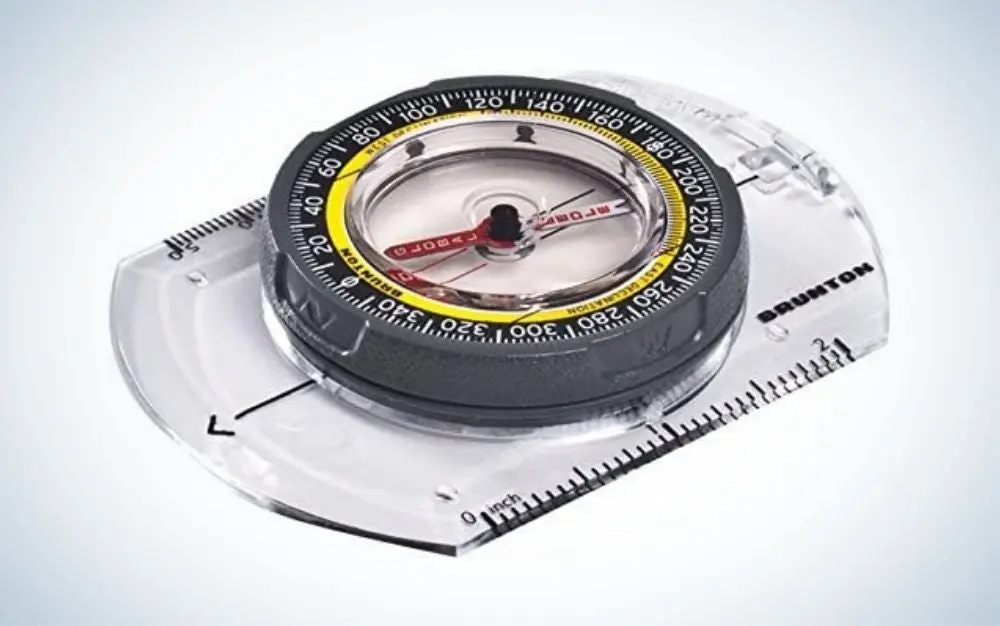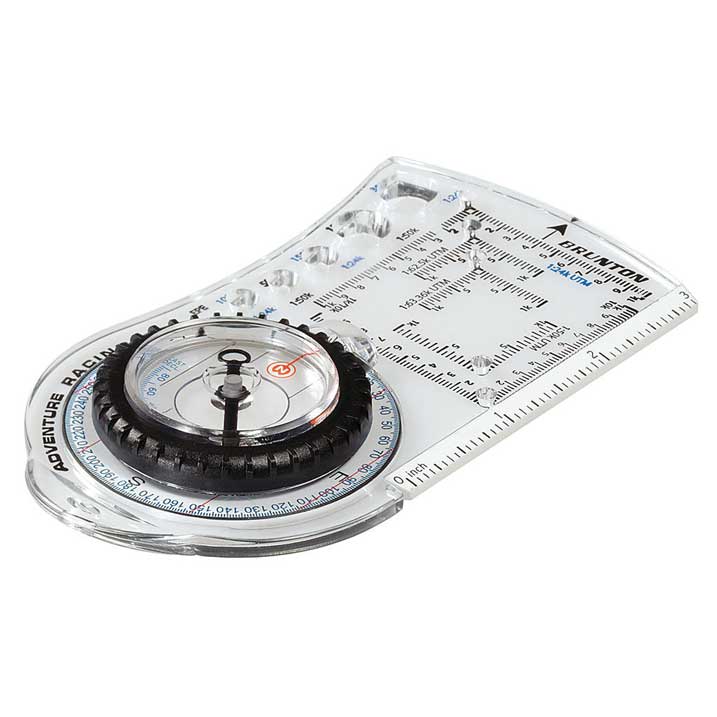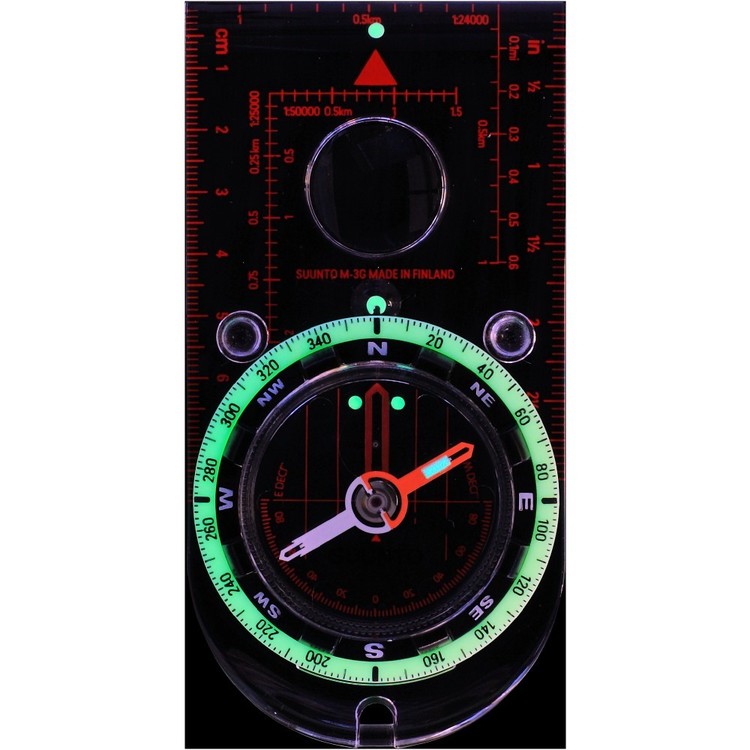Discover Pandipedia
Pandipedia is the world's first encyclopaedia of machine generated content approved by humans. You can contribute by simply searching and clicking/tapping on "Add To Pandipedia" in the answer you like. Learn More
Expand the world's knowledge as you search and help others. Go you!

Drones play a pivotal role in modern logistics by enhancing efficiency in several areas, including last-mile delivery, inventory management, and security inspections. They can optimize delivery routes, allowing for faster and more reliable service, particularly in remote areas difficult for traditional transportation methods to reach. Drones equipped with sensors can also monitor environmental conditions, ensuring compliance with safety standards during storage and shipment handling[1][3].
Research indicates a rising trend in deploying drones for optimizing last-mile delivery and humanitarian logistics[2]. The potential of drones to reduce logistical costs and improve productivity aligns with the increasing demand for efficient supply chain solutions in today’s fast-paced market[3].
Let's look at alternatives:
- Modify the query.
- Start a new thread.
- Remove sources (if manually added).
- Request a manual search from our human research team.

Déjà vu, a common yet mysteriously elusive phenomenon, refers to the sensation that a current experience feels strikingly familiar, despite the individual knowing it cannot have occurred previously. This sensation has intrigued researchers for decades, leading to various theories that attempt to explain its underlying mechanisms.
Memory-Based Theories
One prominent view is that déjà vu arises from memory misfiring. In these theories, déjà vu involves the brain confusing current experiences with past memories. This confusion occurs when a present situation closely resembles a forgotten past event, leading to a strong sense of familiarity without the ability to recall the specific details[5][6]. For instance, a new environment may trigger feelings of familiarity because it shares elements with a location the person has visited before, even if they do not consciously remember the earlier visit[6].
In line with this idea, familiarity-based recognition theories suggest that déjà vu is related to two forms of recognition memory: recollection (the ability to retrieve details of a previous experience) and familiarity (the sense that something is known without remembering specific details). Déjà vu is proposed as a type of familiarity-based recognition, where individuals feel they recognize the situation but cannot place it[2][5].
Additionally, Gestalt familiarity hypotheses build on this notion. These explanations emphasize that déjà vu can occur when the spatial or contextual features of an environment evoke recognition[5][6]. If the layout of a new scene mirrors that of a past experience, even without clear recollection, the feeling of déjà vu can arise[6].
Neurological Theories

Neurological explanations for déjà vu focus on brain function and structure. The temporal lobe plays a significant role; it is heavily involved in memory processing and retrieval. Some theories propose that déjà vu results from a brief disruption or malfunction in this area. This disruption can lead to a 'short circuit' in how the brain processes incoming information, creating a feeling that the current moment has been experienced before[3][8].
Particularly, the medial temporal lobe, including structures like the hippocampus, has been implicated in déjà vu sensations due to its role in memory formation and retrieval[6][9]. Research using functional Magnetic Resonance Imaging (fMRI) has indicated that when people experience déjà vu, specific regions of the brain involved in conflict resolution rather than memory retrieval may become active[8]. This suggests that déjà vu may not be directly linked to recalling memories but rather to the brain's attempt to reconcile mismatched experiences in real time.
Moreover, dopamine has been noted as a neurotransmitter that might amplify thoughts of familiarity during déjà vu experiences. Elevated levels of dopamine can associate present experiences with past memories, generating strong feelings of familiarity[7].
Attention and Perception Theories

Another school of thought centers on attentional processes. Some suggest that déjà vu might result from a split perception where an initial sensory input is only partially processed before being fully recognized in a subsequent moment. This can lead to the misleading sensation that an encounter has happened before; the first perception essentially 'leaks' into the subsequent one, causing confusion[6][7].
The perceptual occlusion theory explains that a brief distraction or moment of reduced attention can cause a split perception, leading to a situation feeling both familiar and novel[4][8]. For example, if someone is momentarily distracted while observing a unique scene, they might later find that same scene entirely familiar when they are fully attentive to it, resulting in that characteristic déjà vu sensation.
Pathology and Déjà Vu
Though déjà vu is commonly experienced and not usually considered a sign of a neurological disorder, it has been linked to certain conditions, particularly temporal lobe epilepsy. Individuals with this condition often report vivid and frequent déjà vu experiences as part of their epileptic auras or preceding seizures, indicating a possible pathological underpinning for some forms of déjà vu[9]. However, the majority of people who experience déjà vu are healthy and show no neurological abnormalities.
Conclusion
Déjà vu remains a captivating psychological experience, with multiple theories attempting to explain its underlying mechanisms. From memory misfires leading to feelings of false familiarity to neurological glitches in brain processing and perceptual distractions, the theories are diverse but point toward a complex interplay of cognitive and neurological functions. Ongoing research continues to unravel this intricate phenomenon, exploring how various elements of memory and perception converge to create the uncanny sensation of having “already seen” a moment unfold.
Let's look at alternatives:
- Modify the query.
- Start a new thread.
- Remove sources (if manually added).
- Request a manual search from our human research team.
Get more accurate answers with Super Search, upload files, personalised discovery feed, save searches and contribute to the PandiPedia.
Let's look at alternatives:
- Modify the query.
- Start a new thread.
- Remove sources (if manually added).
- Request a manual search from our human research team.
Transcription: Imagine hooking up human brain cells to a computer and teaching it to play Pong! That's essentially what's happening with bio...
Let's look at alternatives:
- Modify the query.
- Start a new thread.
- Remove sources (if manually added).
- Request a manual search from our human research team.
A History of the World in 500 Maps
This atlas features beautifully illustrated maps that provide informative historical context, making it a fascinating read for history buffs[1].
Great Maps: The World’s Masterpieces Explored and Explained
An engaging look at both ancient and modern maps, offering deep insights into the art and evolution of cartography[1].
History of the World Map by Map
This detailed atlas captures significant historical moments through well-crafted maps, combining charm with accuracy for history enthusiasts[1].
Atlas of the Civil War
Offers vivid maps and in-depth battle descriptions, ideal for anyone passionate about Civil War history[1].
National Geographic World Atlas
A comprehensive atlas featuring high-quality maps and stunning visuals, perfect for those who love exploring historical geography[1].

British History Online
A digital library of primary and secondary sources for studying British and Irish history, focusing on the period 1300 to 1800, which can aid in historical research[2].
David Rumsey Map Collection
A rich collection offering access to over 150,000 maps spanning from ancient to modern times, perfect for researchers and history lovers[7].
British History Online Premium
Provides access to an additional 200 volumes of key research materials and page scans for history exploration[2].
Groundsure’s Historical Maps
High-resolution digitized historical maps in the UK, scanned at over 500 DPI, ensuring clarity and detail for historical research[10].

Maps by Aleksandra and Daniel Mizielinska
Beautifully illustrated, this book offers a captivating visual presentation of maps filled with interesting facts, enjoyable for both children and adults alike[1].
The National Geographic Concise Atlas
A nice balance of educational content and visuals, making it accessible for all ages interested in geography[1].
The National Geographic Visual Atlas of the World
A heavy yet stunning atlas that combines detailed maps with breathtaking photography of cultural sites[1].
The Times Desktop Atlas of the World
An informative, compact atlas ideal for quick reference on a desk, featuring clear and detailed maps[1].
The World Atlas of Wine
A visually appealing atlas about wine regions globally, featuring maps and information about production techniques[1].
World Atlas Sticker Book
An interactive atlas for younger audiences that includes sticker activities promoting hands-on learning about geography[1].
The Women’s Atlas
Engaging visual presentations of women's issues around the world, this atlas offers deep insights and educates readers[1].
The World Atlas of Beer
A visual guide that captures the diversity of beers around the globe, making it suitable for both casual readers and enthusiasts[1].
History Education in the Digital Age
Explores how digital and multimedia resources can enhance historical thinking, valuable for educators[8].
Interactive Historical Maps
These dynamic maps help students visualize and understand historical transformations and their implications[8].
Historical Maps from the Library of Congress
A treasure trove of historical maps covering various periods and regions, perfect for both research and education[4].
Let's look at alternatives:
- Modify the query.
- Start a new thread.
- Remove sources (if manually added).
- Request a manual search from our human research team.
Overview of Biomes
Biomes are large ecological areas on the Earth's surface that are classified primarily by their climate, flora, and fauna. They play a crucial role in maintaining ecological balance and biodiversity. Here, we explore the various types of biomes, their characteristics, and the ecosystems they support.
Major Types of Biomes
Biomes can be broadly categorized into two main groups: terrestrial (land) biomes and aquatic (water) biomes. Within these categories are several distinct types, each with unique characteristics.
Terrestrial Biomes
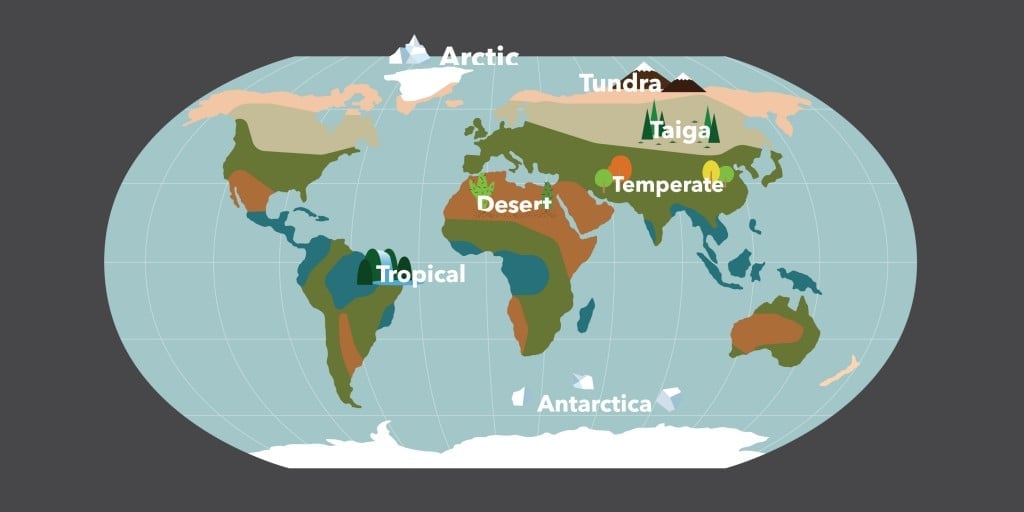
-
Tropical Rainforest: Located near the equator, tropical rainforests are characterized by their high biodiversity and humid conditions. These forests receive over 2000 mm of rain annually and maintain average temperatures between 20 to 25 degrees Celsius throughout the year. The lack of seasonal variation allows a diverse range of plant and animal species to thrive[3][2].
-
Temperate Forest: Found in regions like North America, Europe, and parts of Asia, temperate forests experience four distinct seasons, including cold winters. These forests are composed of both deciduous and evergreen trees and can have temperatures ranging from -30 to 30 degrees Celsius[3][6].
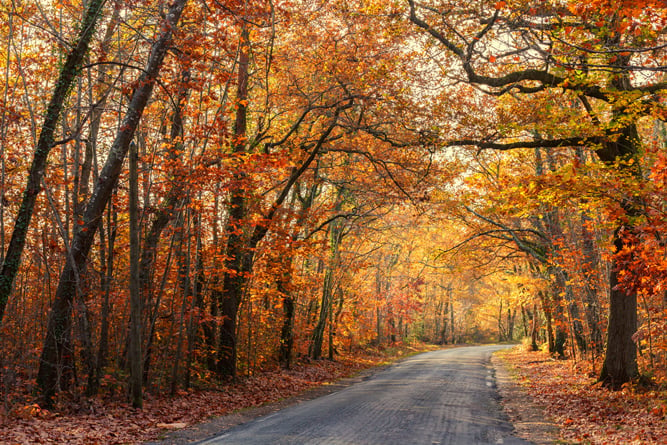
title: 'Road passing through a beautiful temperate forest at fall(Stephane Bidouze)S' and caption: 'a road with trees and leaves on the side' -
Grassland: Grasslands are large, open areas dominated by grasses with few trees. They are known for their rich soil, which supports a variety of wildlife and plants. Examples include temperate grasslands in North America and savannas in Africa that feature scattered trees and distinct wet and dry seasons[1][2].

title: 'White cloud formations in a bright blue sky over the beautiful African savannah(Cobus Olivier)s' and caption: 'a field with trees and blue sky' -
Desert: Deserts cover about 20% of the Earth’s surface and are categorized as either hot or cold, characterized by receiving less than 50 cm of precipitation per year. Desert life is adapted to extreme temperatures and limited water availability[1][6].
-
Tundra: This biome is known for its extreme cold and low biodiversity. Tundra regions are often treeless, have a layer of permanently frozen subsoil called permafrost, and receive very low precipitation ranging from 15 to 25 cm annually. It is typically divided into Arctic tundra and Alpine tundra, which are home to unique vegetation, including mosses and lichens[3][5][2].
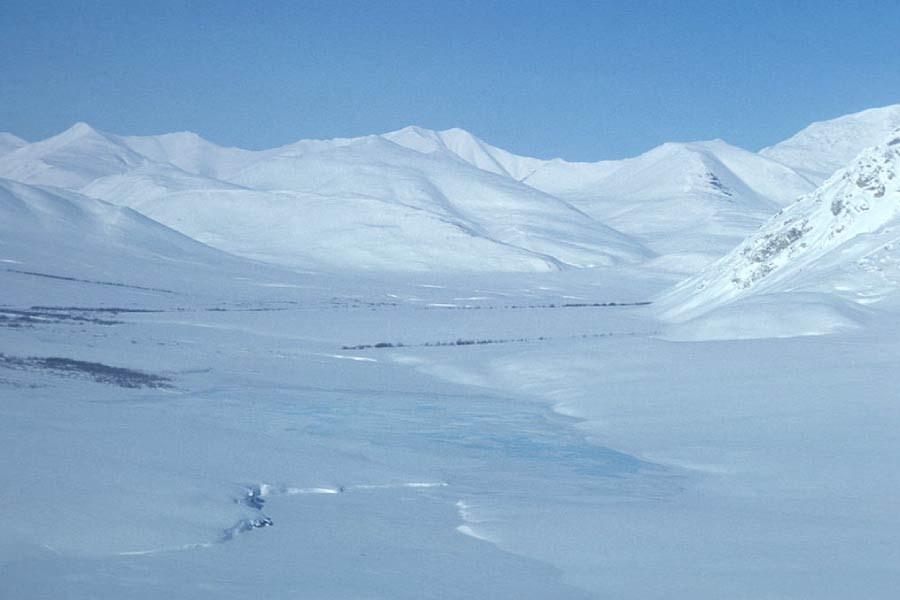
title: 'Tundra In Winter' and caption: 'a snowy mountain range with blue sky' -
Boreal Forest (Taiga): The taiga is the largest terrestrial biome and is primarily found in North America and Eurasia. Characterized by coniferous trees, this biome experiences long, cold winters and short growing seasons. It plays a critical role in carbon storage and contains a rich variety of wildlife adapted to cold climates[3][1].
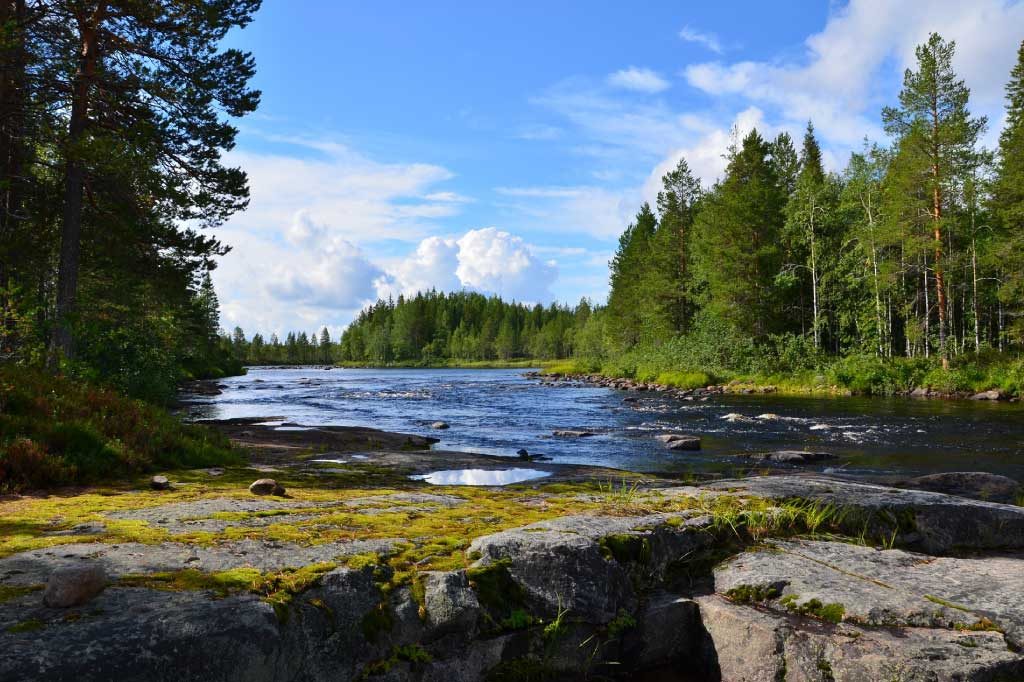
title: 'What is the taiga main image' and caption: 'a river with rocks and trees' -
Shrubland (Chaparral): Found in Mediterranean regions, shrublands are characterized by hot, dry summers and mild, wet winters. They support a range of flora, including drought-resistant shrubs and small trees, and are subject to seasonal wildfires[6].

title: 'A temperate forest in the Northern Hemisphere' and caption: 'a trail through a forest'
Aquatic Biomes
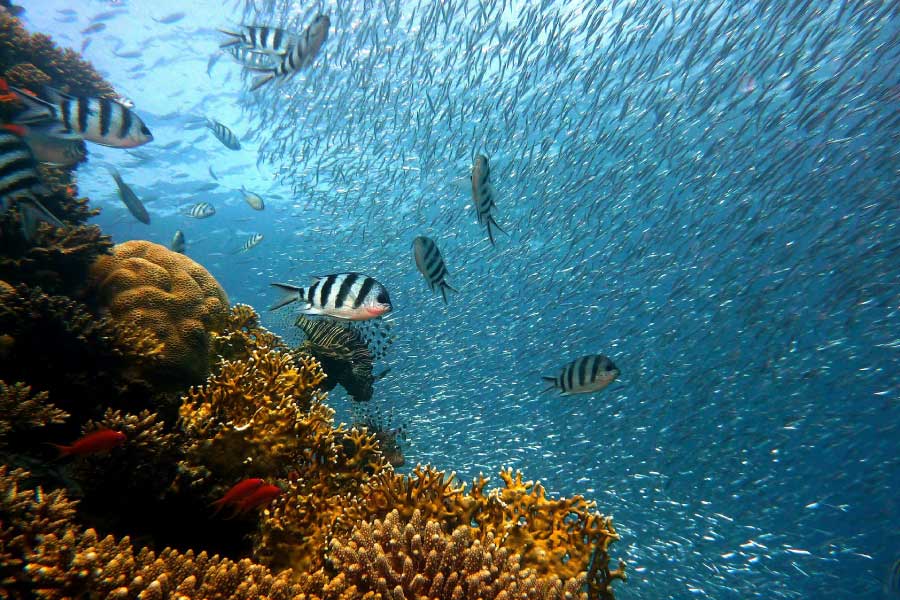
-
Freshwater Biome: Freshwater biomes include lakes, rivers, ponds, and wetlands. These ecosystems are characterized by low salt concentrations and provide habitats for diverse organisms. Freshwater environments play a vital role in the water cycle and support numerous communities of plants and animals[1][5].
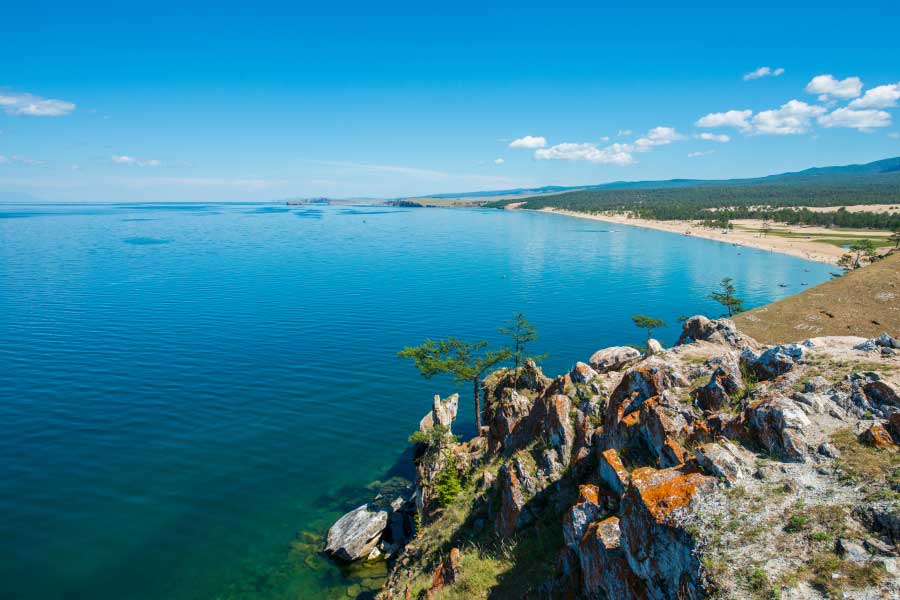
title: 'Lake Baikal' and caption: 'a rocky cliff above a body of water' -
Marine Biome: Covering approximately 75% of the Earth's surface, marine biomes include oceans, coral reefs, and estuaries. They are defined by high salinity and are crucial for global climate regulation due to their ability to store carbon dioxide. Coral reefs, found in shallow tropical waters, are among the most biodiverse ecosystems on the planet[1][2].
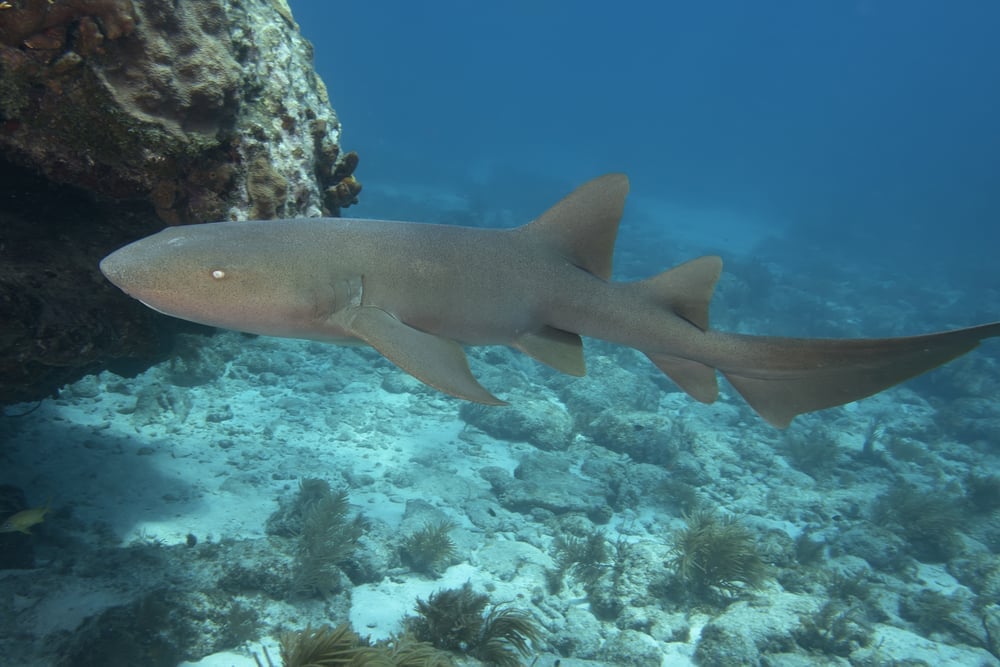
title: 'Underwater Nurse Shark in the Florida Keys(Andrew Jalbert)s' and caption: 'a shark swimming under water' -
Estuaries: Areas where freshwater from rivers meets and mixes with saltwater from the ocean are known as estuaries. These regions are especially rich in nutrients and support unique plant life that can tolerate varying salinity levels, making them critical for fish spawning and other marine life[2].
Biodiversity and Adaptation
Each of these biomes supports a distinct range of ecosystems, shaped by climate conditions, soil types, and geographic features. The organisms that inhabit these biomes have adapted to their environments over time, developing unique traits that allow them to survive and thrive under specific conditions. For instance, desert plants often have deep roots and waxy leaves to minimize water loss, while tundra species may have short growing seasons and specialized reproductive strategies[3][5].
Conclusion
Understanding the various types of biomes and their characteristics is essential for ecological study and conservation efforts. Each biome contributes to the Earth's biodiversity and plays a significant role in the global ecological balance. By studying the interactions within these biomes, scientists can better comprehend the complex relationships between climate, vegetation, and wildlife, ultimately aiding in the preservation of the planet's ecosystems.
Let's look at alternatives:
- Modify the query.
- Start a new thread.
- Remove sources (if manually added).
- Request a manual search from our human research team.
Get more accurate answers with Super Search, upload files, personalised discovery feed, save searches and contribute to the PandiPedia.

Trunk suckering is a phenomenon where shoots emerge from the base of a tree or shrub, known as suckers, either above or below ground from the roots[4]. These suckers are a form of vegetative dispersal that allow plants to spread to favorable habitats and stabilize soil, although some species may be invasive[4]. Suckers arise due to factors like root damage, difficult growing conditions, or stress like drought or severe pruning[3][5]. It can affect the tree's form, reduce flowering and fruiting, harbor pests and diseases, and affect the overall appearance of the tree[1][3]. Prompt removal of suckers at their base is the most effective way to manage trunk suckering and prevent them from diverting energy from the tree's upper growth[2]. Additionally, the originating plant and its suckers form a single genetic individual where each sucker is a clone of the original plant, a process that is a type of asexual reproduction or vegetative propagation used by many species[4].
Let's look at alternatives:
- Modify the query.
- Start a new thread.
- Remove sources (if manually added).
- Request a manual search from our human research team.

DeepSeek has publicly claimed that, under idealized conditions, its cost of running inference (the phase where the AI processes user queries) is so low compared to its theoretical revenue that it would result in a “cost profit margin” of 545%[1][3][4][5]. In other words, if all token usage were billed at its premium rates, the revenue generated in a 24‑hour period would be about 545% greater than the operating costs.
However, DeepSeek itself has clarified that this figure is purely theoretical. They note that actual revenues are “substantially lower” because not all services are monetized (for example, free web and app access is maintained), and various discounts—such as those for off‑peak usage—and differential pricing between its models reduce the real-world amounts earned[1][2][4][5].
So, while the 545% figure is based on their internal cost–to–revenue calculations, it does not mean that the company is actually realizing a 545% profit in practice.
Let's look at alternatives:
- Modify the query.
- Start a new thread.
- Remove sources (if manually added).
- Request a manual search from our human research team.

The most expensive and rare metal on earth is rhodium. It is noted for its rarity and high demand, particularly in the automotive industry for catalytic converters, as well as its use in jewelry and electrical contacts[2][4][6]. Rhodium is significantly more expensive than gold and platinum due to its scarcity and unique properties[3][6]. The annual production of rhodium is around 30 tonnes, making it much rarer than gold, which has a production rate of 2,500 to 3,000 tonnes per year[4].
Let's look at alternatives:
- Modify the query.
- Start a new thread.
- Remove sources (if manually added).
- Request a manual search from our human research team.
Suunto MC-2
A versatile all-in-one compass suitable for different levels of navigational skills, featuring magnetic declination adjustment and mirror sighting for accurate long-distance direction finding[1].
Silva Ranger 2.0
A reliable and budget-friendly compass with a clear base plate for easy navigation and similar features to the MC-2, though it lacks a slope indicator[1].

Cammenga Military Compass
Built to military standards, this compass is waterproof and sandproof, featuring a magnifying lens and durable metal construction, designed for various extreme conditions[1].
Brunton 9041 Glow Compass
A compact, user-friendly compass that glows in the dark, making it handy for use at night, though limited in advanced navigational capabilities[1].
Suunto A-10
An affordable baseplate compass suitable for beginners, designed for basic route finding and getting bearings without complex features[1].
Coghlan’s Ball-Type Pin-On Compass
A simplistic and lightweight pin-on compass that offers basic directional assistance by showing North, making it easy to carry[1].
Silva Expedition Type 4
Highly regarded for its lightweight design and precision, ideal for military training and international expeditions with various features for detailed mapping[4].
Suunto M-3 D Leader
A well-established compass combining reliability with ease of use, suitable for various outdoor activities like hiking and skiing, featuring glow-in-the-dark markings[2].
Suunto MC-2 Global
A compass that can operate in both hemispheres with a declination adjustment feature, ideal for serious adventurers needing accurate navigation[2].
Brunton TruArc 10
A global compass with a tool-free declination adjustment, designed for easy use and accurate navigation in both northern and southern hemispheres[4][5].
Silva Ranger
A compact compass that is reliable for both hiking and orienteering, offering essential features while minimizing weight and size[4].
Suunto AIM-6 NH
Designed for quick access and use in racing and orienteering, allowing for fast directional reading amidst challenging environments[2].
Cammenga 3H Compass
A durable, military-grade compass with tritium micro-lights for low-light visibility and a reputation for sturdiness under rough conditions[1][5].
Silva 54 Compass
A straightforward design aimed at amateur navigators, great for basic orienteering and easy to read with clear markings[4].
Brunton 40B Compass
A precise instrument that allows easy declination adjustments and accurate readings, making it a solid choice for navigational purposes[3].
Suunto M-3 Global
A compact and durable compass that is well-suited for both casual hikers and more serious navigators, featuring easy adjustment for declination[2].
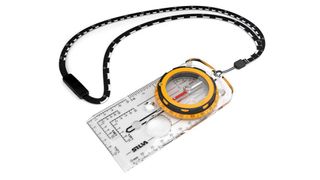
Silva Type 4
A versatile baseplate compass known for its accuracy and reliability, commonly used in various navigation scenarios[4].
Coghlan’s Function Whistle with Compass
A handy, lightweight option that combines the utility of a compass with an integrated whistle for emergencies[2].
Suunto AIM-8 NH
An advanced thumb compass suitable for rapid navigation during activities like adventure racing and orienteering[4].
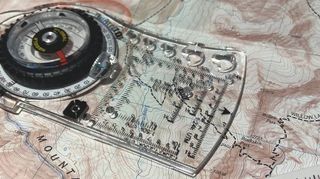
TruArc 10 Compass
Features a balanced needle for increased accuracy and ease of use, equipped with both metric and standard measurements[5].
Brunton ReCompass
This eco-friendly option combines necessary features with a straightforward design, making it ideal for new navigators[3].
Silva Field Compass
Known for its innovative design, it features a stable needle and additional tools for accurate directional readings[4].
Let's look at alternatives:
- Modify the query.
- Start a new thread.
- Remove sources (if manually added).
- Request a manual search from our human research team.






